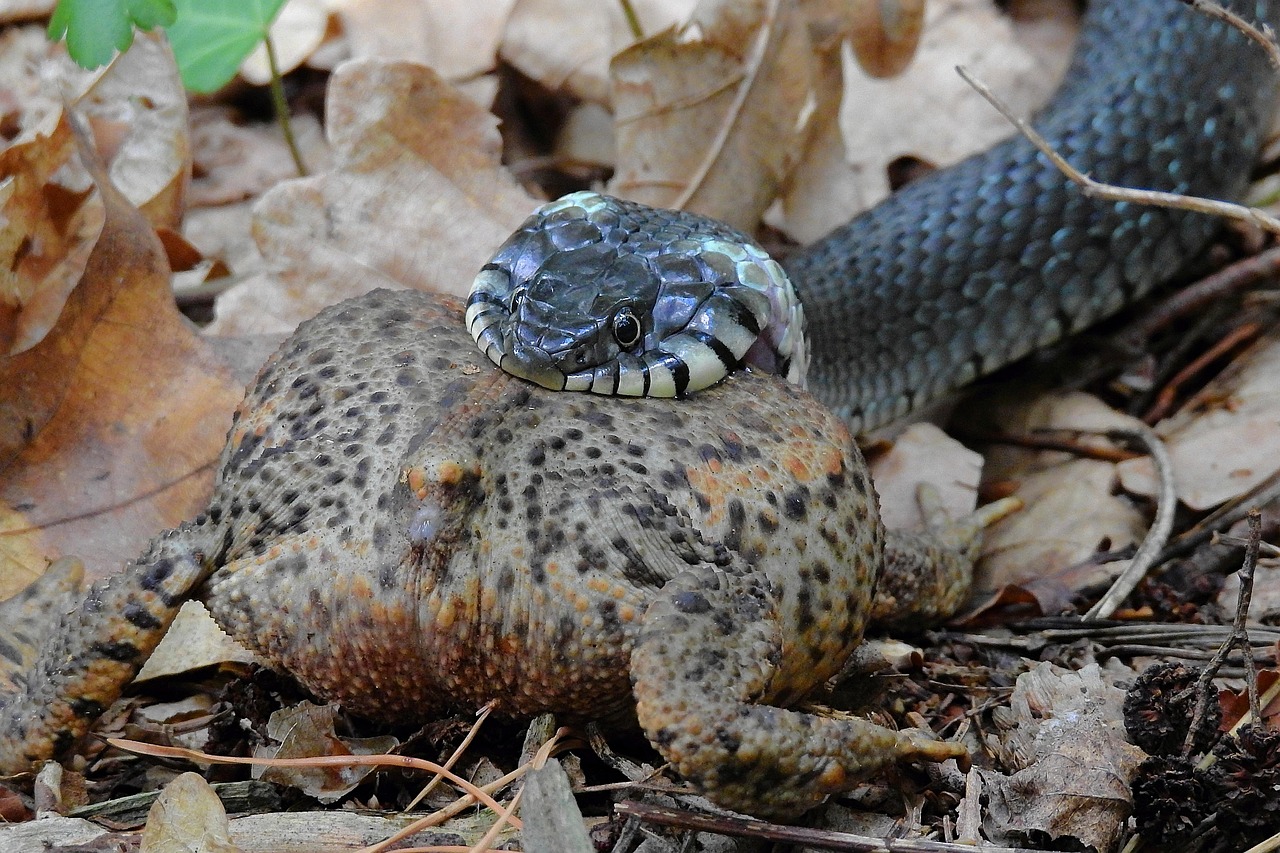In the complex world of predator-prey relationships, survival often hinges on split-second decisions. For snakes, these cold-blooded hunters renowned for their patience and precision, the choice between pursuing a meal and ensuring their own safety presents a fascinating behavioral dilemma. While we might imagine these reptiles as relentless predators, research reveals a sophisticated decision-making process that prioritizes self-preservation above feeding opportunities when threats loom. This balancing act between hunting and hiding showcases the remarkable evolutionary adaptations that have allowed snakes to thrive for millions of years across diverse and often hostile environments. Their ability to assess risk and respond appropriately offers valuable insights into animal cognition and survival strategies in the natural world.
The Survival Hierarchy: Why Safety Comes First

For snakes, like most animals, a clear hierarchy of needs governs behavior, with immediate survival taking precedence over all other activities. This hierarchical approach makes evolutionary sense—a snake that prioritizes feeding over safety might secure a meal but lose its life in the process, removing its genes from the population. Research shows that when presented with both food and threat stimuli simultaneously, snakes consistently choose to engage in defensive or escape behaviors rather than pursuing prey. This preference manifests even when snakes are significantly food-deprived, demonstrating that hunger rarely overrides the survival instinct. Neurological studies have revealed that threat detection activates brain regions that can suppress feeding circuits, effectively “switching off” hunting behavior when danger is perceived.
Threat Detection Systems: How Snakes Perceive Danger
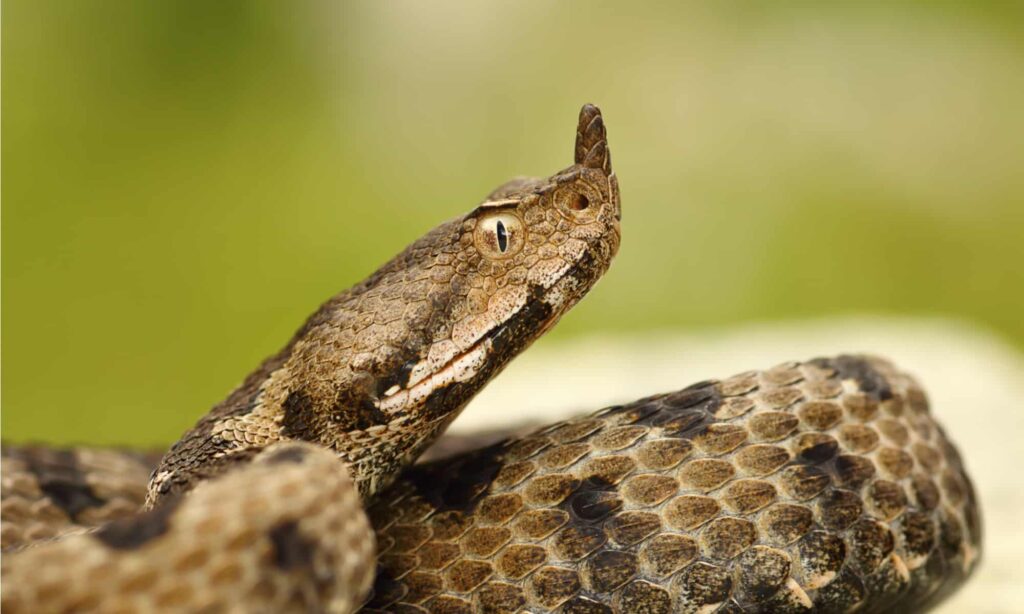
Snakes possess remarkably sophisticated sensory systems that allow them to detect potential threats in their environment with extraordinary precision. Many species utilize infrared-sensitive pit organs that can detect the body heat of nearby predators, providing thermal information that complements visual input. Vibrational sensitivity through the jawbone and belly scales allows snakes to feel approaching footsteps or movements long before visual confirmation occurs. Some species, particularly constrictors like pythons and boas, can detect minute changes in heart rate and respiration of nearby animals, helping them distinguish between passive prey and active threats. Additionally, the snake’s chemosensory system, primarily the forked tongue and vomeronasal organ, samples air molecules to identify chemical signatures of predators, creating a multidimensional threat detection network that operates continuously, even when the snake is engaged in hunting behavior.
Risk Assessment Behaviors: Calculating Danger Before Acting
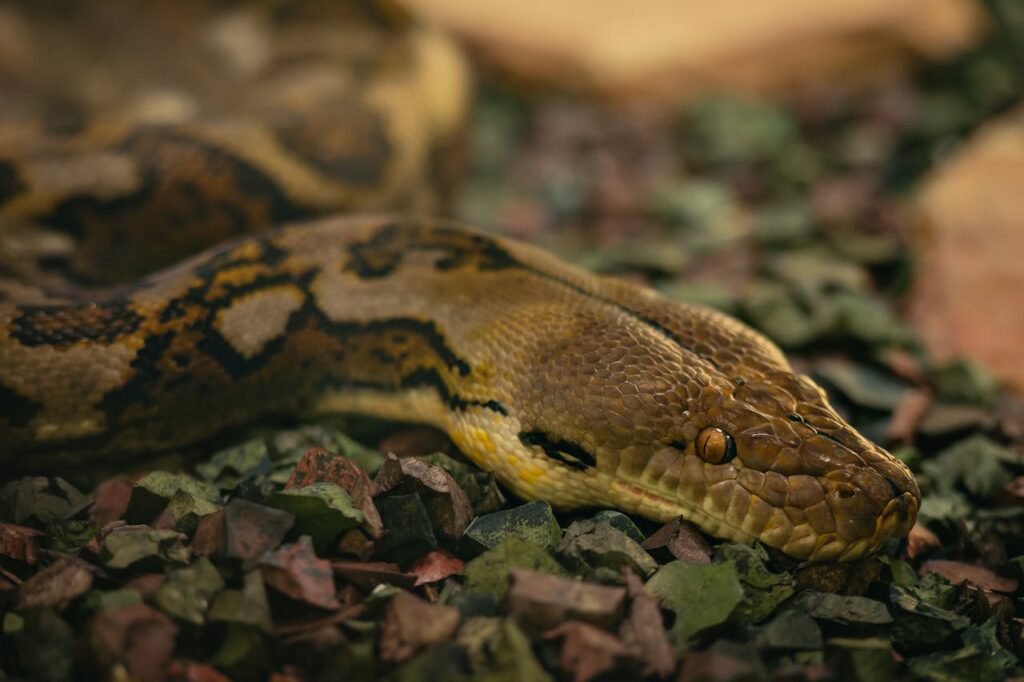
Snakes don’t simply react to all potential threats with the same intensity; instead, they engage in sophisticated risk assessment behaviors to evaluate the level of danger present. When initially detecting a potential threat, many species enter a “freeze” phase where they remain motionless while gathering more sensory information about the threat’s proximity, size, and behavior. During this assessment period, researchers have observed elevated heart rates and stress hormone levels, indicating physiological preparation for defensive action even while outwardly appearing calm. The duration of this assessment period varies based on species, with more vulnerable snakes often taking longer to evaluate before committing to either fleeing or continuing normal activities. Studies using simulated predator models have demonstrated that snakes can differentiate between various threat levels, reserving energy-intensive escape responses for genuine dangers while eventually resuming normal behaviors when the threat proves benign.
Species-Specific Defensive Strategies
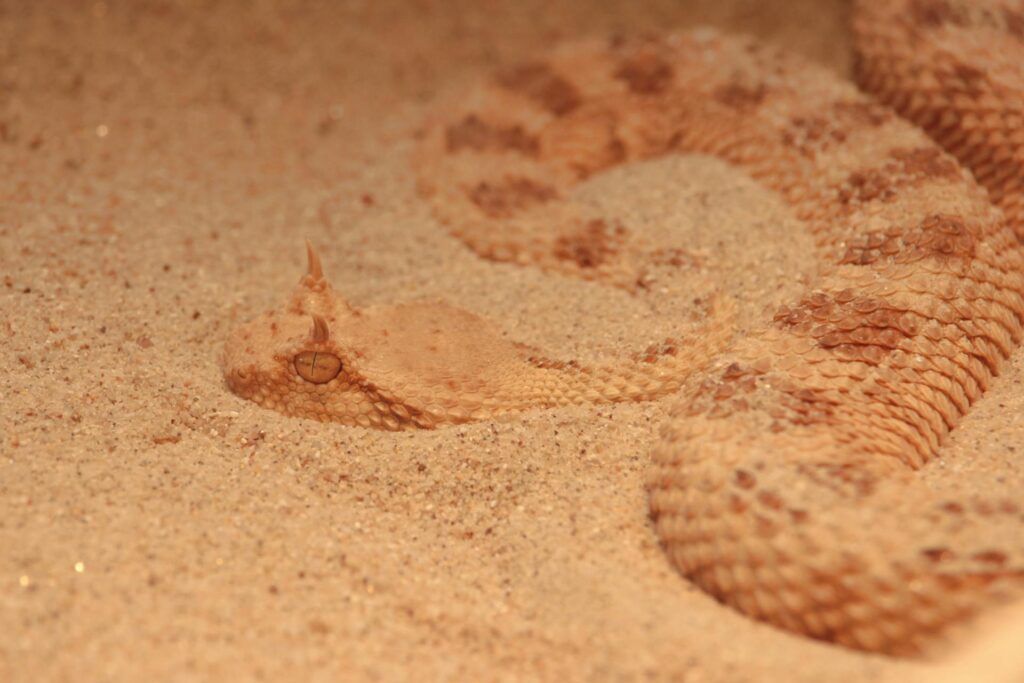
Different snake species have evolved unique defensive responses that reflect their ecological niche and physical capabilities, each representing strategic tradeoffs between continued hunting and self-preservation. Venomous species like rattlesnakes often employ warning displays such as rattling or hood flaring (in cobras) that signal potential predators to keep their distance, allowing them to remain in productive hunting territories despite threats. Tree-dwelling species typically prioritize cryptic camouflage and immobility when threatened, relying on their coloration to avoid detection rather than expending energy on flight. Large constrictors may stand their ground more frequently, particularly when near their prey, as their size affords them greater protection against many predators. Highly specialized hunters like sea snakes show particularly interesting defensive adaptations, often being more willing to continue hunting in the presence of some threats due to the energy costs of abandoning productive hunting grounds in the open ocean.
The Hunger Factor: When Food Scarcity Influences Risk-Taking
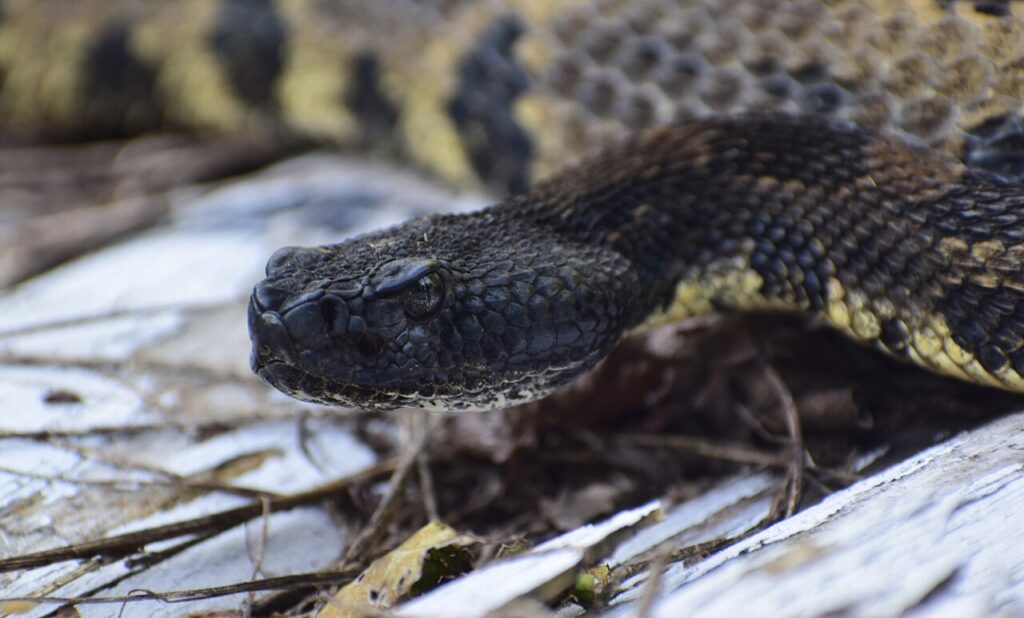
While safety generally trumps feeding, the severity of hunger can shift this calculus in subtle but measurable ways for many snake species. Research comparing well-fed snakes to those deprived of food for extended periods shows that starvation conditions can increase risk tolerance, with hungry individuals resuming hunting behaviors more quickly after threat exposure than their well-fed counterparts. This shift appears most pronounced in species from environments with unpredictable food resources, where missing feeding opportunities could prove fatal in the long term. Physiological measurements reveal that chronically food-deprived snakes show reduced stress hormone responses to mild threats, suggesting a biological mechanism that permits continued hunting under greater risk conditions when necessary for survival. However, even severely food-deprived individuals still abandon hunting when faced with imminent predation threats, indicating that the safety-first principle remains dominant even under extreme hunger conditions.
Thermal Regulation Priorities in Decision-Making
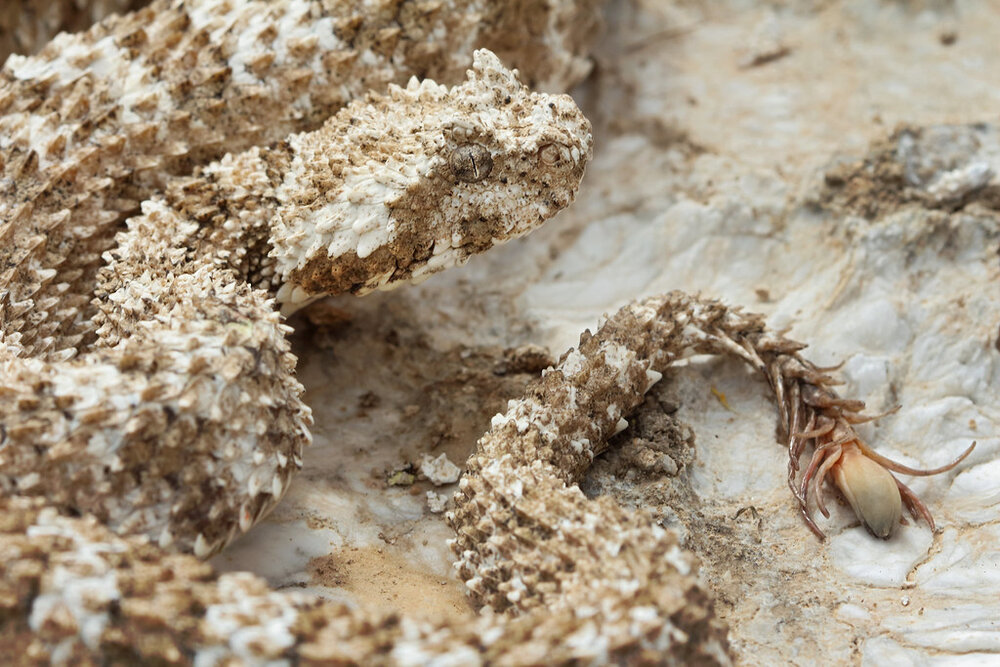
As ectothermic animals, snakes face an additional layer of complexity in their decision-making process: the need to maintain appropriate body temperature. Research has demonstrated that thermal regulation needs can sometimes override both feeding and mild safety concerns in priority hierarchies. A snake operating at suboptimal temperatures shows reduced strike accuracy, slower movement, and impaired digestive function, making both hunting and escape less effective. Studies tracking wild snakes have observed individuals temporarily exposing themselves to predation risk to reach basking sites when core body temperatures drop dangerously low. This complex three-way tradeoff between feeding, safety, and thermoregulation highlights the sophisticated cost-benefit analyses continuously occurring in snake behavior. In experimental settings, snakes consistently choose optimal thermal conditions over food when both are available but will briefly abandon thermal regulation when presented with immediate threats.
Seasonal Variations in Risk Assessment
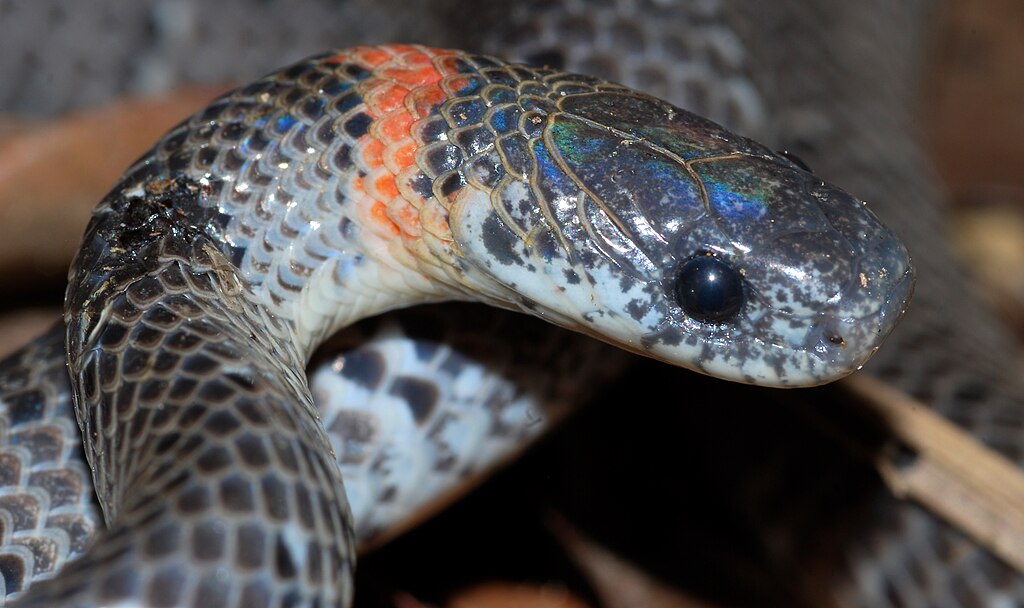
Snake behavior demonstrates marked seasonal shifts in the balance between feeding and safety priorities, reflecting changing metabolic needs and environmental conditions throughout the year. During pre-hibernation periods, many temperate species display significantly higher risk tolerance while hunting, as accumulating sufficient fat reserves becomes crucial for winter survival. Conversely, immediately after emerging from hibernation, the same species often show heightened caution and may abandon feeding opportunities more readily when threatened. Reproductive seasons introduce additional complexities, with gravid females typically showing extreme risk aversion, often refusing to feed entirely and remaining in secure shelters until after giving birth or laying eggs. Male snakes during breeding season present the opposite pattern, frequently taking extraordinary risks and ignoring threats when pursuing mating opportunities, one of the few scenarios where reproduction temporarily supersedes both feeding and safety in the behavioral hierarchy.
Learning and Memory in Predation Risk
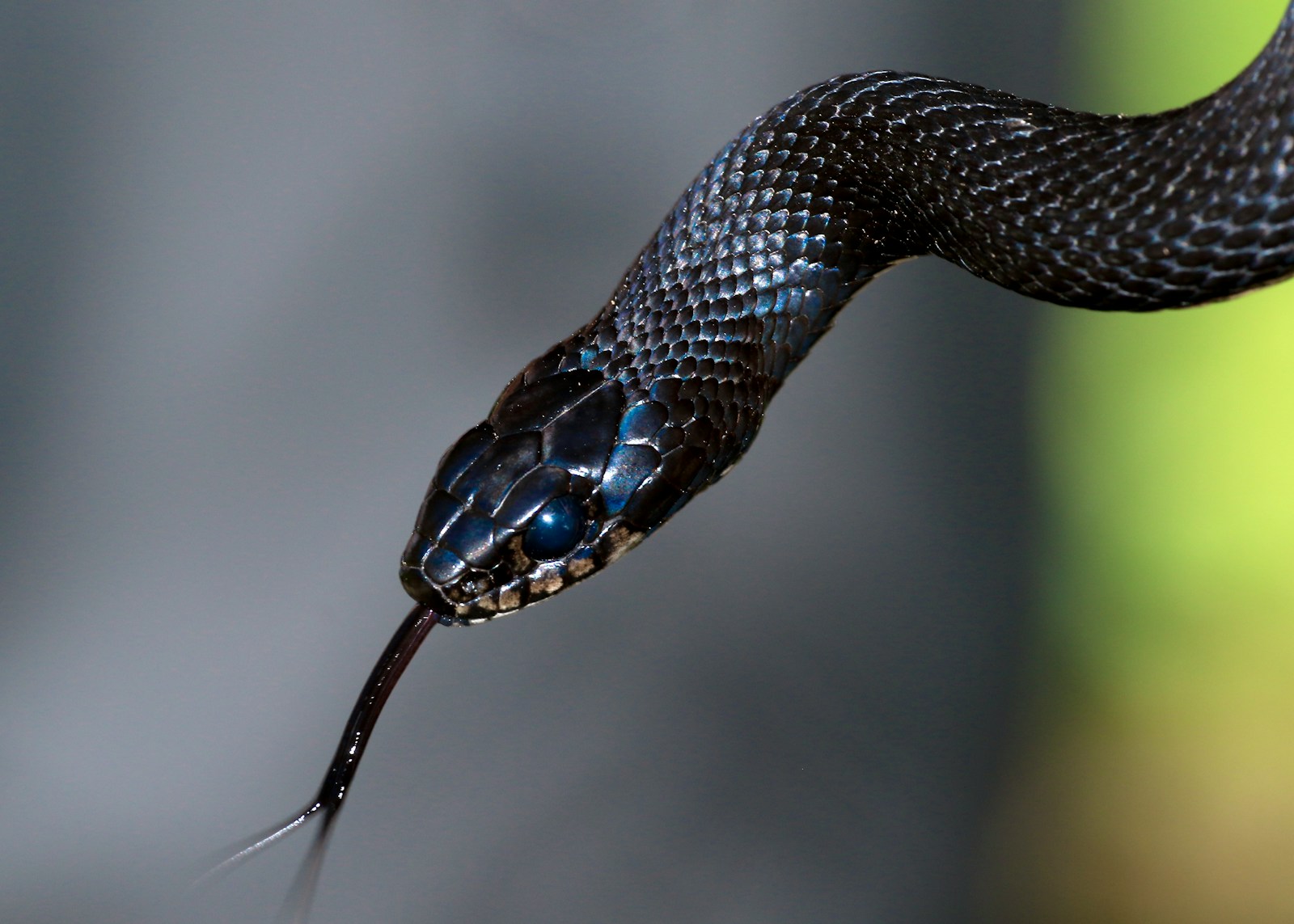
Contrary to outdated notions of reptiles as purely instinctual creatures, research has revealed sophisticated learning capabilities in snakes that significantly impact their safety-versus-feeding decisions. Studies demonstrate that snakes can remember specific locations where they previously encountered threats, showing heightened vigilance or complete avoidance of these areas for extended periods, sometimes exceeding several months. This spatial memory allows them to continue hunting in safe areas while minimizing exposure to known danger zones. Experimental work has shown that snakes can learn to associate specific visual or olfactory cues with danger through experience, becoming increasingly efficient at distinguishing genuine threats from non-threatening stimuli that share some characteristics. Perhaps most impressively, some species demonstrate observational learning, becoming more cautious after witnessing conspecifics experiencing predation attempts, even without directly experiencing the threat themselves.
The Energetic Cost of Defensive Behaviors
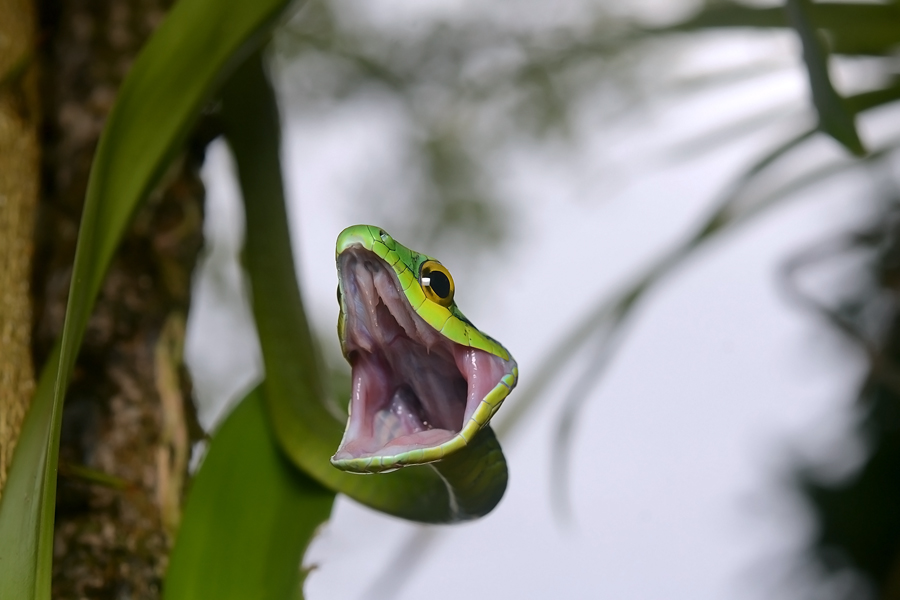
When snakes abandon hunting to engage in defensive behaviors, they incur significant energetic costs that influence future hunting and defensive decisions. High-intensity escape responses, such as rapid flight or defensive striking, can deplete energy reserves at rates up to 15 times higher than resting metabolism, according to physiological studies. This energetic expenditure represents a substantial investment, particularly for species that typically operate on tight energy budgets due to infrequent feeding. Recovery periods following intense defensive responses can last hours or even days, during which hunting efficiency remains compromised due to depleted energy stores. Research tracking wild snakes has revealed that individuals forced to repeatedly engage in defensive behaviors show measurable decreases in growth rates and reproductive success over time, highlighting the long-term fitness consequences of frequent threat responses.
Ambush Predators Versus Active Foragers
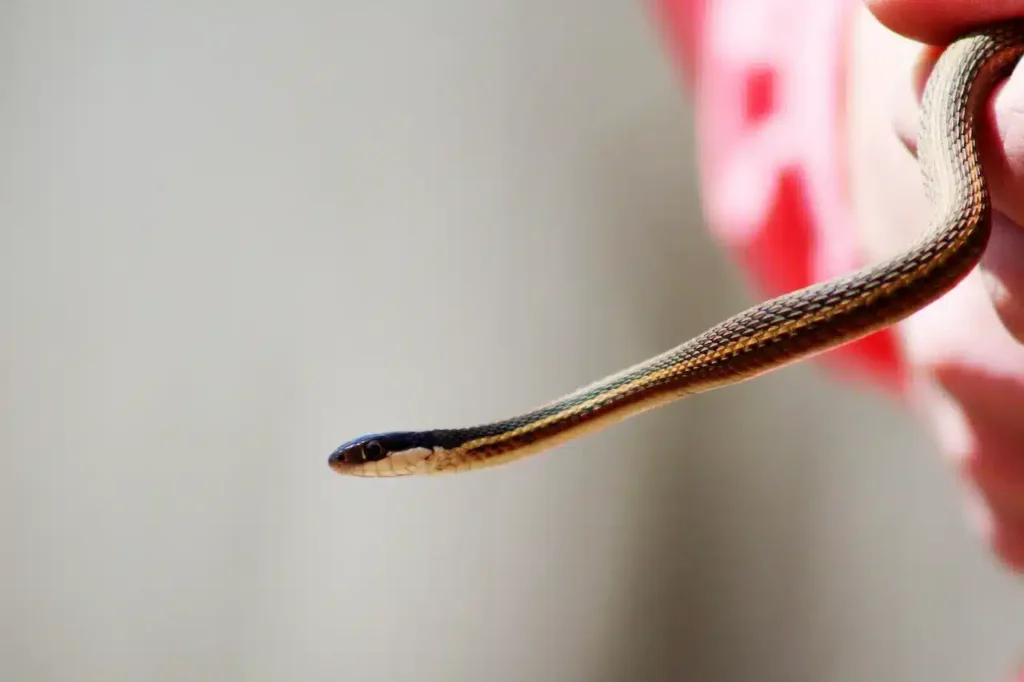
The hunting strategy employed by different snake species significantly influences their approach to balancing safety concerns with feeding opportunities. Ambush predators like pit vipers demonstrate remarkable patience, often maintaining hunting positions despite nearby non-threatening disturbances, as the energetic investment in selecting and establishing an ambush site creates a higher threshold for abandonment. These species typically retreat only when the threat is direct and imminent, having evolved to differentiate between peripheral disturbances and genuine dangers. In contrast, actively foraging species like many colubrids show greater sensitivity to potential threats while hunting, abandoning feeding activities more readily when potential dangers appear. This difference reflects the relative energy investments in their hunting strategies—for active foragers, the cost of temporarily suspending the search for prey is lower than for an ambush hunter abandoning a carefully selected position. Thermal imaging studies reveal that ambush predators maintain elevated metabolic rates while in hunting position, further explaining their reluctance to abandon these sites except under severe threat.
Habitat Complexity and Safe Feeding Opportunities
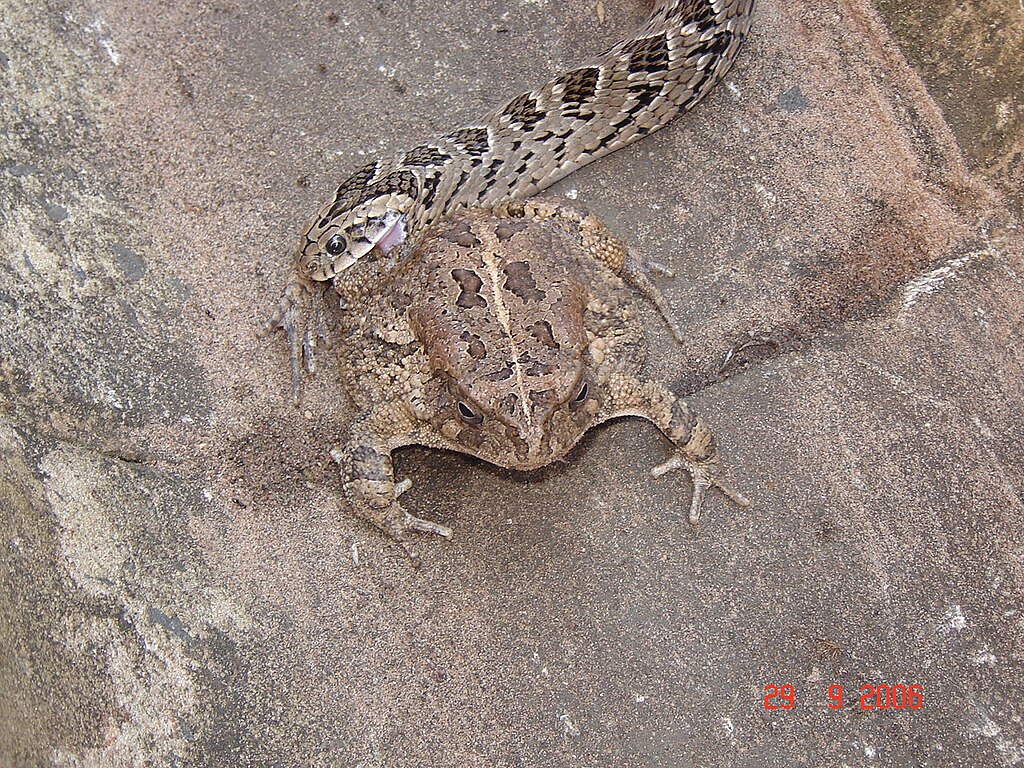
The structural complexity of a snake’s habitat plays a crucial role in determining how strictly they must choose between feeding and safety. In environments with abundant shelter, cover objects, or complex vegetation, many species can continue modified hunting behaviors even under moderate threat levels by utilizing protective microhabitats. Research comparing the same species across different habitat types shows that individuals in complex environments resume feeding more quickly after threat exposure than those in open habitats with few refuges. This pattern appears particularly pronounced in juvenile snakes, which face higher predation pressure and show strong preferences for hunting exclusively in areas that offer immediate escape routes. The availability of these “safe feeding zones” effectively reduces the stark choice between complete abandonment of feeding versus exposure to predation, allowing a middle ground where cautious hunting can continue despite background threat levels.
Human Impacts on Snake Feeding Security
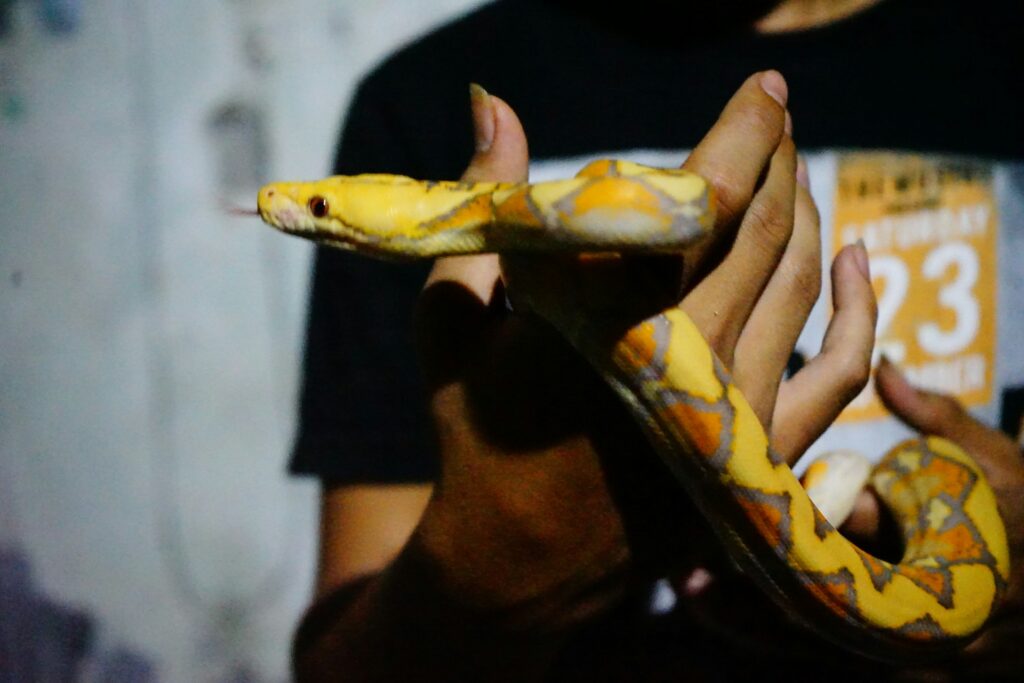
Human activities have introduced novel challenges to the feeding-versus-safety calculations that snakes have evolved to navigate. In areas with high human traffic, studies document decreased feeding frequency in many species, as constant disturbance triggers repeated defensive responses that interrupt normal hunting patterns. Road networks fragment habitats and force snakes to make risky crossings to reach feeding grounds, with research showing that successful hunters often become road casualties while traveling with food bulges that reduce their mobility and escape speed. Paradoxically, some human structures like buildings and debris piles create artificial hunting grounds with high prey density but also elevated exposure to human persecution, creating ecological traps where feeding opportunities come with disproportionate safety risks. Conservation efforts increasingly focus on creating protected corridors that connect feeding areas with secure shelter sites, allowing snakes to maintain their natural prioritization of safety while still accessing sufficient food resources.
Practical Applications in Snake Conservation and Management
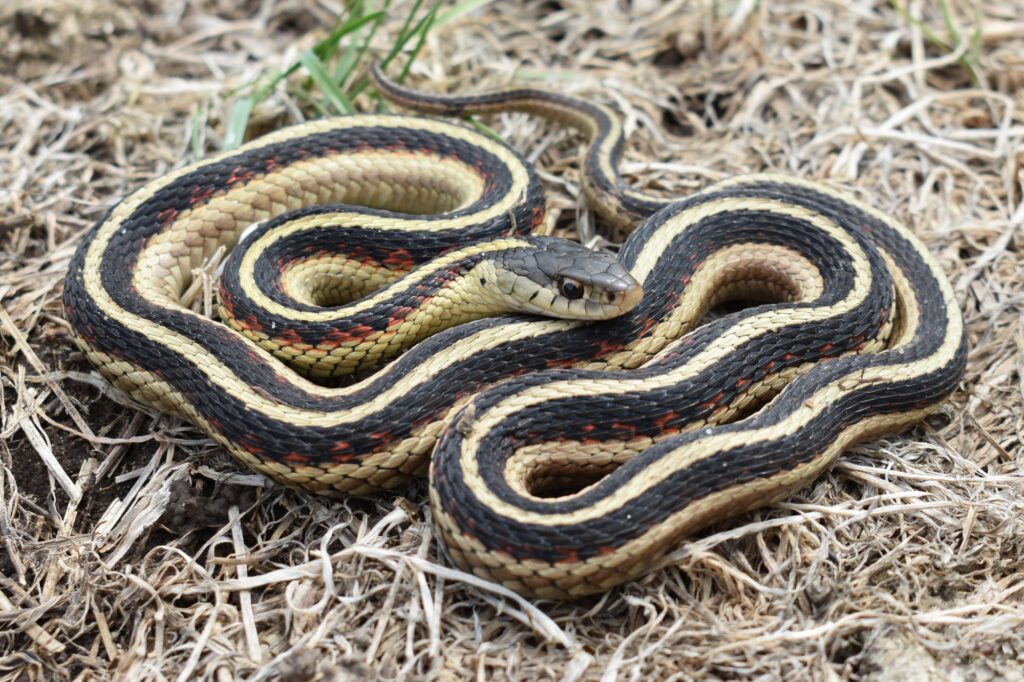
Understanding how snakes prioritize safety over feeding provides valuable tools for conservation efforts and human-snake conflict mitigation. Wildlife managers now design reserves and protected areas with consideration for both feeding resources and security features, ensuring habitats contain the necessary components for snakes to balance these competing needs. In areas where venomous snakes pose risks to humans, this knowledge helps predict snake movement patterns and hunting locations, allowing for targeted education and prevention efforts rather than broad-scale persecution. Rehabilitation specialists working with injured snakes use these behavioral insights to create enclosures that reduce stress by offering security first, introducing feeding opportunities only after the animal has established secure retreats. Perhaps most importantly, recognizing that snakes consistently prioritize avoiding confrontation over other activities helps counter harmful misconceptions about aggressive behavior, promoting more accurate public understanding of these essential predators and their rightful place in healthy ecosystems.
Conclusion
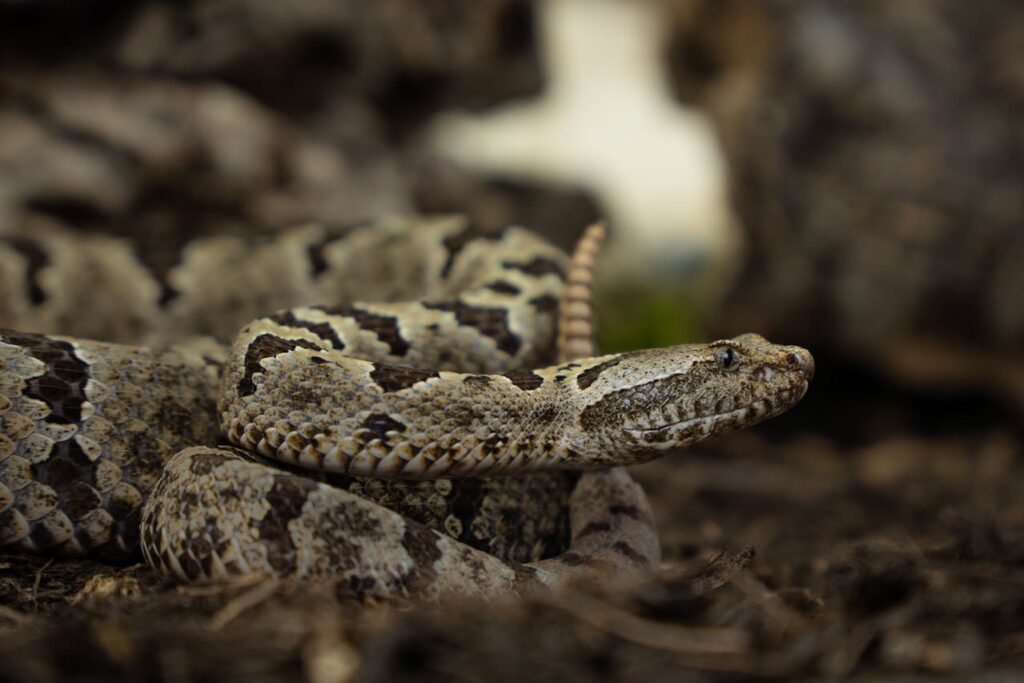
The sophisticated decision-making processes that enable snakes to prioritize safety over feeding represent millions of years of evolutionary refinement. Far from being simple stimulus-response machines, snakes continuously evaluate complex environmental information, weighing immediate hunger against potential threats through multifaceted sensory systems. This balance between risk and reward showcases the remarkable adaptability that has allowed these reptiles to survive across incredibly diverse habitats worldwide. By understanding how and why snakes make these crucial safety-first decisions, we gain not only scientific insight into reptile behavior but also practical applications for conservation and conflict reduction. As we continue to share environments with these ancient predators, appreciating the nuanced ways they navigate their world helps foster coexistence based on respect rather than fear.

